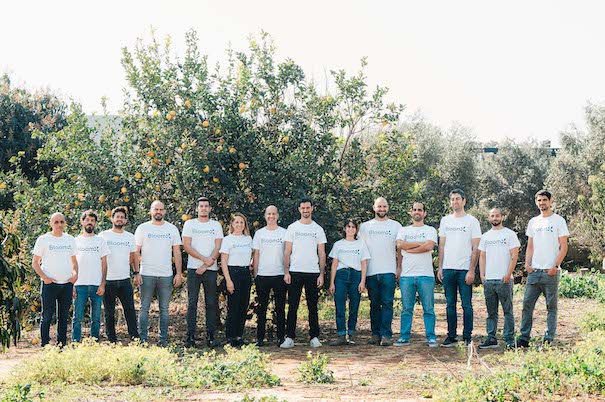Scotland! It’s the land of tartans, haggis, and surprisingly-warm kilts. It’s also ground zero for the first trial of full-sized driverless buses in the United Kingdom.
It’s not just automakers developing driverless technologies. Transit companies are desperate to get in on the action because it would completely upend their entire existing business structure. Now that self-driving buses are finally approaching a basic level of competence, they’re starting to head out to haul passengers from A to B. Let’s look at how the UK’s first driverless bus project is getting on out in the real world.
On Schedule

Scotland’s autonomous bus trial, known as the CAVForth project, has been a long time in the making, and we first looked at it last year. Trials were intended to begin long ago, but faced multiple delays due to the COVID-19 pandemic. Now, the rubber is finally ready to meet the road, with the buses imminently ready to hit the public roads.
The trial will see autonomous buses operated by Stagecoach Group taking to the roads of Scotland. The initial route is a 14-mile run between Fife and Edinburgh Park, which crosses the famous Forth Bridges along the way. The bus service itself has been duly designated “AB1”, standing for “Autonomous Bus 1,” and will be the first full-sized autonomous bus operating on public roads in the UK. The project is being undertaken as a partnership between transit operator Stagecoach, autonomous driving company Fusion Processing, and bus manufacturer Alexander Dennis. Also involved are Transport Scotland, as well as Edinburg Napier University, Bristol Robotics Lab, and the University of the West of England.
Unlike some smaller-scale trials, AB1 is set to be a regular timetabled service open to members of the public, just like any other regular bus route. When it scales to full-time service in the spring, the five autonomous buses involved in the project will have the capacity to take on approximately 10,000 journeys a week. Notably, though, passengers won’t have to worry about hailing the bus. To avoid having to develop a “hailing detection system,” the bus simply stops at every bus stop along its route.
The buses are capable of driving at up to 50 mph, and have been developed to operate autonomously in mixed traffic. The buses will be capable of SAE Level 4 self-driving. This means there is no need for the human driver to pay attention or keep their hands on the wheel at all times, but the bus can only drive like this in select limited areas. A human driver will remain on board as a monitor for safety reasons, and in part to comply with UK regulations. Beyond that, the buses will also be staffed with a “bus captain” who can assist passengers with ticketing, boarding, and alighting the vehicle.

An initial trial run took place with Stagecoach’s Co-Design Panel, a group of local bus users that the company consults on service and equipment projects. According to one rider, the experience was, by and large, just like catching a regular bus. “I wasn’t worried at all about it,” said Fleur, adding “You wouldn’t know the difference between this and a normal bus from the driving.” Given the concerns around the sometimes-erratic nature of certain “self-driving” systems, that’s almost a glowing endorsement. The Co-Design Panel recommended the “bus captain” concept to ease passengers that may have questions or concerns about using an autonomous bus, as well as developing materials to communicate how the bus will work to the broader public.
In much the same way that self-driving cars promise to revolutionize personal transport, self-driving buses aim to do the same for public transit. Overall, the basic technologies used for self-driving cars and self-driving buses are by and large the same. However, it bears noting the stakes are higher – there’s a lot more people on board a bus that will suffer the results of any poor driving decisions, and a bus running over a car does a lot more damage. Companies are also juicy targets for litigation, and transit drivers care strongly about the safety of their passengers. While the owner of a modern car may choose to take their life into their own hands by trusting a self-driving system, transit operators and their drivers can’t be so cavalier. Their decision to trust such a system isn’t taken lightly, and that is likely why we’ve seen self-driving buses take longer to show up on the road.
In any case, the CAVForth project in Scotland will be watched closely by many in the UK and around the world. There’s nothing like the pressure of sticking to a tight bus schedule, day in, day out. If the buses can handle the AB1 bus route without relying on human drivers, it will mark a historic day in the history of self-driving technology. It will also leave the companies behind the project with a highly-valuable product on their hands – the technology to create self-driving bus fleets in cities around the world.
#Driverless #Buses #Road #Scotland






